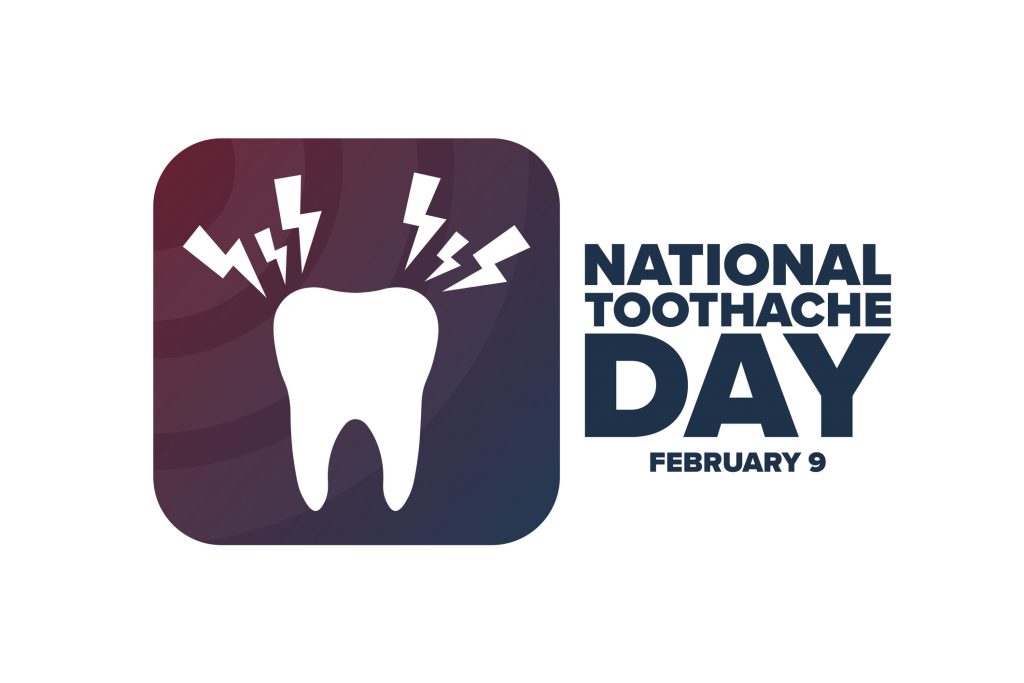As we slowly attempt to return to some degree of normalcy during the COVID pandemic, many activities are beginning to resume, this includes youth sports to be played. Depending on the state or region you live in, your children may now be able to participate in many of the activities that were placed on hold nearly a year ago.

As a parent, it is important to understand the potential risks before deciding to allow your children to play sports. To help you make an informed decision, Jamaica Hospital is providing the following tips for your consideration:
- Understand the current COVID-19 positivity rates in your community. Families who live in areas where there is a high or growing number of COVID cases will have an increased risk of contracting the virus. Parents can track positivity rates on their local department of health website.
- Consider the sport that your child wants to play. Certain sports, such as wrestling or basketball require players to be in closer proximity to one another. These sports pose an increased risk of exposure as do other sports where there is a high level of physical exertion and those that are played indoors.
- Assess how much equipment or gear is shared among players. Even though we know the primary way the virus is spread is from person to person, through droplets in the air, it is still possible to contract COVID by touching a contaminated surface. For this reason, it is important to limit the use of shared equipment and make sure all gear is sanitized between uses. Never share water bottles.
- Determine if your child’s team has the ability to socially distance while the players are not actively engaged. Can the players be placed at the minimum required distance from one another while on the sideline or bench? Are there efforts to have them wear masks when not competing?
Other determining factors that can increase or reduce the risk of spreading the virus include the age of the athlete (older children tend to understand and comply better), the size of the team, the amount of travel required to play the sport and the number of spectators in attendance. By being knowledgeable of the situation you can reduce your child’s exposure and allow them to once again enjoy the sports they love to play.
If your child has any underlying health issues, it is important to speak to your doctor before allowing your child to play.
All content of this newsletter is intended for general information purposes only and is not intended or implied to be a substitute for professional medical advice, diagnosis or treatment. Please consult a medical professional before adopting any of the suggestions on this page. You must never disregard professional medical advice or delay seeking medical treatment based upon any content of this newsletter. PROMPTLY CONSULT YOUR PHYSICIAN OR CALL 911 IF YOU BELIEVE YOU HAVE A MEDICAL EMERGENCY.









